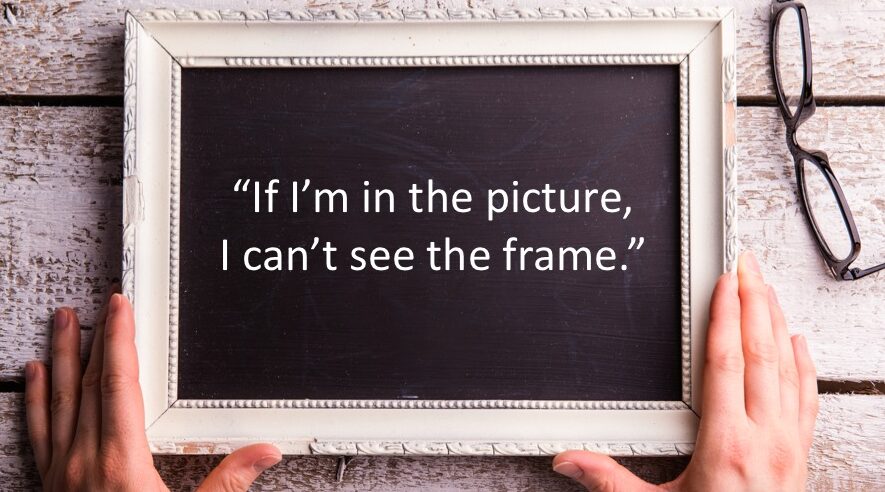I was speaking with the President of a marketing and photography company and she asked “what do you do?” “Asfalis provides protection and peace of mind for our customers to enhance security and awareness in crisis and emergency situations” was my response. I could see her wheels spinning as she tried to figure out what that meant, which is typical. “I develop customized resilience solutions to add to your bottom line, enhance the customer experience and reduce regulatory and reputational impacts for companies.” I saw the light bulb go up, signaling her ah ha moment. Her response was, “Isn’t that what insurance is for?”
The International Glossary for Resilience defines insurance as a contract to finance the cost of risk. As a person with a lot of luck who has experienced a phone dropped in a bucket of water, a car totaled due to a tornado, and a house struck by lightning in a hurricane, I enjoy speaking with people about the differences of what insurance offers and the investment of a resilience program.
In many cases, the premiums we’ve paid for insurance coverages do not cover the total cost of the risk. So many people are left with paying the difference to cover the risk, and figuring out how to get their businesses back to normal or the “new normal.”
So why is resilience, the ability of an organization to resist being affected by an event or the ability to return to an acceptable level of performance in an acceptable period of time, worth the investment? Let me take you through a quick scenario. Let’s say you work in a new apartment building and one day the roof collapses in the 5 story building. That’s a crisis for that business, so how do you manage it?
The top priority for the company is life safety. Notify the 1st responders; evacuate tenants, visitors, vendors, and pets to a safe location; identify anyone that could be missing; communicate clear and concise information with victims and families; establish a staged location for family members to assemble who may have effected loved ones; and the list continues.
Once people are safe, there’s a transition that takes place from emergency response to business continuity. As you think about continuing business, it’s more of a long-term approach. Things to consider in this scenario are: how long will the residents and employees be out of the building? In the interim, where will the tenants live? Who will pay for it? Can the employees work from home? If not, is there an alternate work location?
So why is resilience worth the investment? I will answer the question with a question. What is your company’s reputation and ability to operate worth? Every business leader has to manage risks, whether it’s maintaining your competitive advantage, ensuring stakeholder confidence, or minimizing risks in the supply chain. A strategic business resilience investment is needed for companies to survive in today’s times where active shooters, natural disaster’s and globalization are increasing threats to people and communities.
The way to build a resilient organization is to analyze business risks, and develop cross-functional strategies to mitigate and/or lessen the impact of those risks. While insurance companies provide some resources to help cover the cost of risks, resilience programs provide a proven methodology for company leaders to respond in a timely manner with the goal of avoiding or minimizing damage to the organization’s profitability, reputation, and ability to operate.
For more information on how to build or enhance your organizations resilience program, contact us.
Vanessa S. Vaughn is the President and CEO of Asfalis. Prior to founding Asfalis, she worked with fortune 500 brands, Lowe’s Companies and Gulfstream Aerospace Corporation, and implemented resilience programs for $50B organizations, impacting over 15 million customers. Her expertise is in equipping executive leadership teams with a strategic response to global risks, to enhance profitability, and maintain an organization’s reputation. Her diverse career includes crisis management and business continuity implementations in London, Brazil, Mexico and 15 domestic locations in aviation, manufacturing and retail environments.



